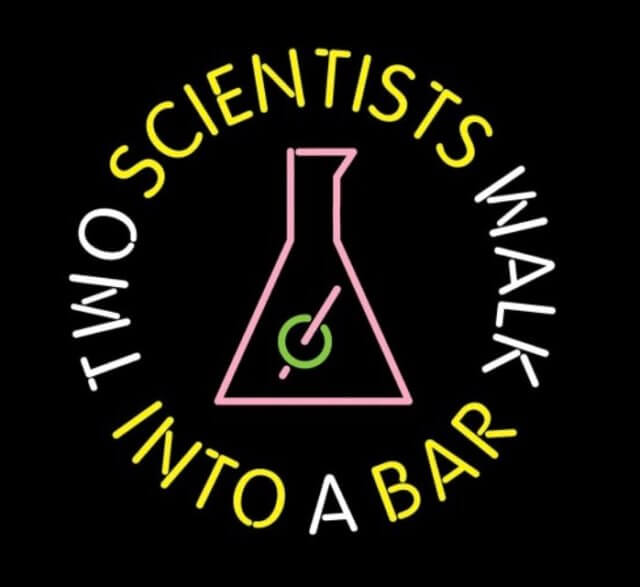Two scientists walk into a conference.
One of the most satisfying outcomes of the peer conferences I design and facilitate is how they bring people together who would never otherwise have met — and in doing so change the world.
This is important, but why do world-changing connections seldom occur at conventional conferences?
Here’s an illuminating story from the pages of a New Yorker article about Jim Simons, the noted mathematician founder of Renaissance Technologies, one of the world’s largest hedge funds, and a funder of a variety of research projects:
On November 3rd, a “bio-geoscientist” from Caltech, John Grotzinger, came to talk to the Simonses, two of the three division heads, the computing chiefs, and a few others…
…Grotzinger, who was advising, not seeking a job, elegantly guided the group through the challenges of climate modeling. “Most of the data actually gets ignored,” Grotzinger explained. And there was a problem of collaboration. He was a specialist in historical climate change-specifically, what had caused the great Permian extinction, during which virtually all species died. To properly assess this cataclysm, you had to understand both the rock record and the ocean’s composition, but, Grotzinger said, “geologists don’t have a history of interacting with physical oceanographers.” He talked about how his best collaboration had resulted from having had lunch with an oceanographer, and how rare this was. Climate modelling, he said, was an intrinsically difficult problem made worse by the structural divisions of academia. “They will grope their way to a solution probably in the next fifty years,” Grotzinger said. “But, if you had it all under one umbrella, I think it could result in a major breakthrough.”
—Jim Simons, The Numbers King from The New Yorker Dec 18 & 25, 2017 issue [emphasis added]
Academic conferences
I used to be an academic, and know traditional academic conference designs. They are tightly confined by professional specialty, with few if any formal opportunities to connect with experts in other areas.
Peer conference designs, by contrast, facilitate participants’ discovery of core important information about each other during the opening. Grotzinger and the oceanographer would have learned about each other right at the start of a peer conference. They’d have the rest of the event available for building a fruitful professional relationship. So much modern science is interdisciplinary that to improve the pace at which cutting-edge science proceeds it’s now vital to redesign academic conferences to support the inter-specialty discovery that leads to subsequent groundbreaking collaborations.
That’s why I’m excited to be designing an international science conference for one of the world’s largest conservation organizations. The organization approached me because the biggest criticism of the prior conference was that it was full of presentations. This left little opportunity for inter-field discovery and connection. This year, four hundred scientists from many different fields will get to learn about each other’s work and interests at the start, creating numerous possibilities for future interdisciplinary collaborations.
Who knows, when those scientists walk into the conference, perhaps it will be the starting point for scientific collaborations that improve the health of the lands and waters on which all our lives depend. I’m happy to help make such important outcomes more likely!
Image attribution: Genentech

